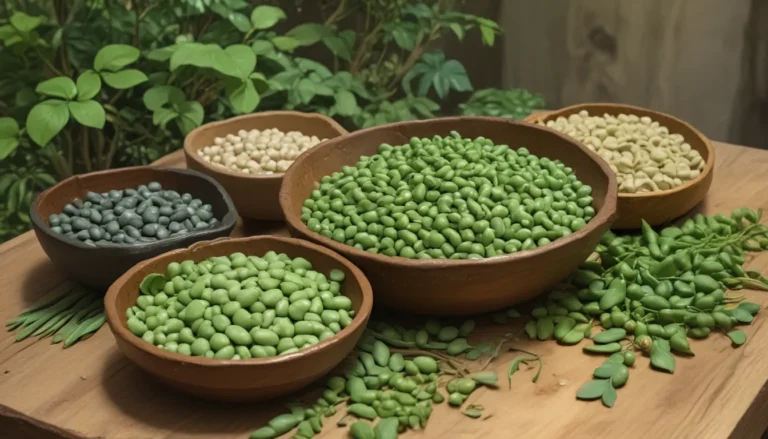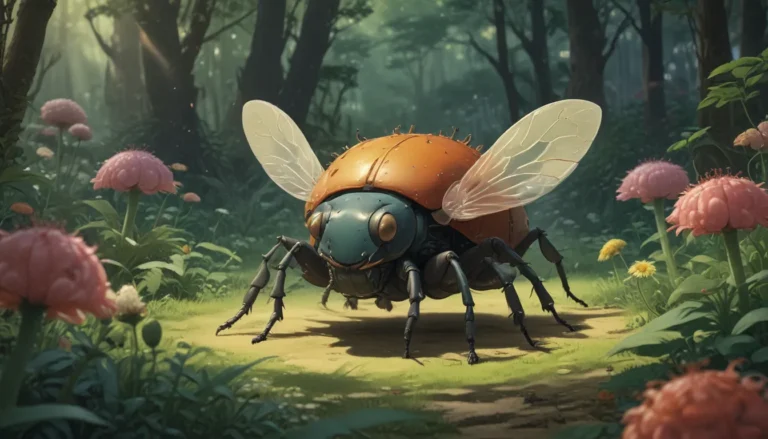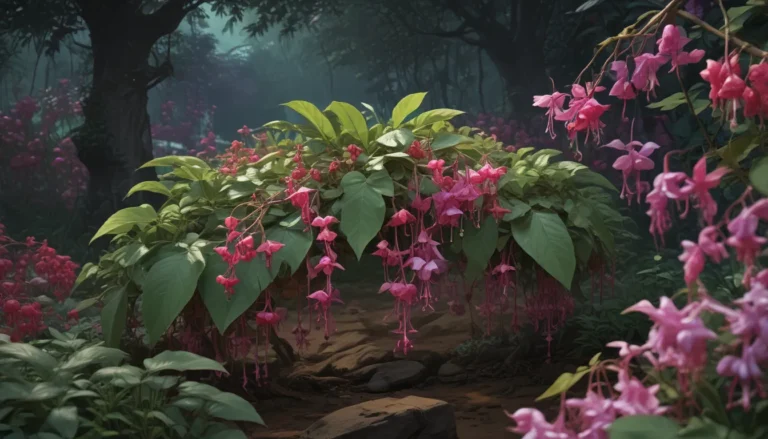Understanding David Austin English Roses
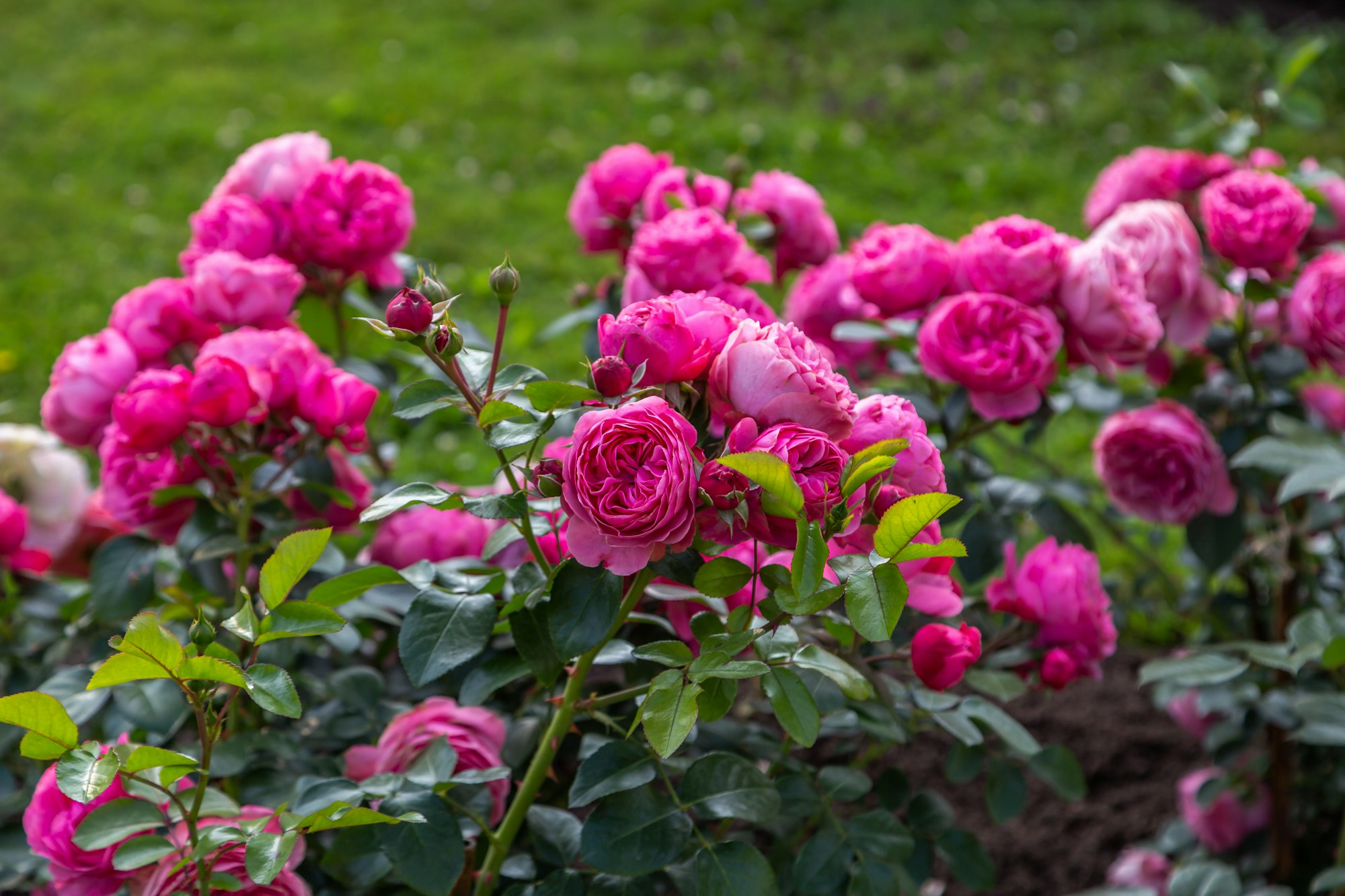
Understanding David Austin English Roses
If you’re a rose enthusiast or simply appreciate the beauty and fragrance of these timeless flowers, you’ve likely heard of David Austin English Roses. These stunning roses have captured the hearts of gardeners and flower lovers worldwide, thanks to their exquisite appearance, delightful scent, and easy maintenance. In this comprehensive guide, we’ll dive deep into the world of David Austin English Roses, exploring their history, unique characteristics, and how to grow and care for them in your own garden.
The History of David Austin English Roses
The story of David Austin English Roses begins with the passion and dedication of one man: David Austin himself. Born in 1926 in Shropshire, England, Austin developed a love for roses at a young age. He was particularly drawn to the charm and fragrance of old garden roses, which had largely fallen out of favor by the mid-20th century.
In the 1950s, Austin set out on a mission to create a new type of rose that combined the best qualities of old garden roses with the repeat-flowering ability and wider color range of modern hybrid teas. He spent years carefully selecting and breeding roses, focusing on traits such as:
- Flower form and size
- Petal count and arrangement
- Color and color stability
- Fragrance
- Disease resistance
- Repeat-flowering habit
After nearly a decade of tireless work, Austin introduced his first English Rose in 1961: ‘Constance Spry’, named after the renowned British floral designer. This groundbreaking rose featured the rosette-shaped flowers and heady fragrance of old garden roses, along with the repeat-flowering habit of modern varieties. It marked the beginning of a new era in rose breeding and popularized the term “English Rose” to describe Austin’s unique creations.
Characteristics of David Austin English Roses
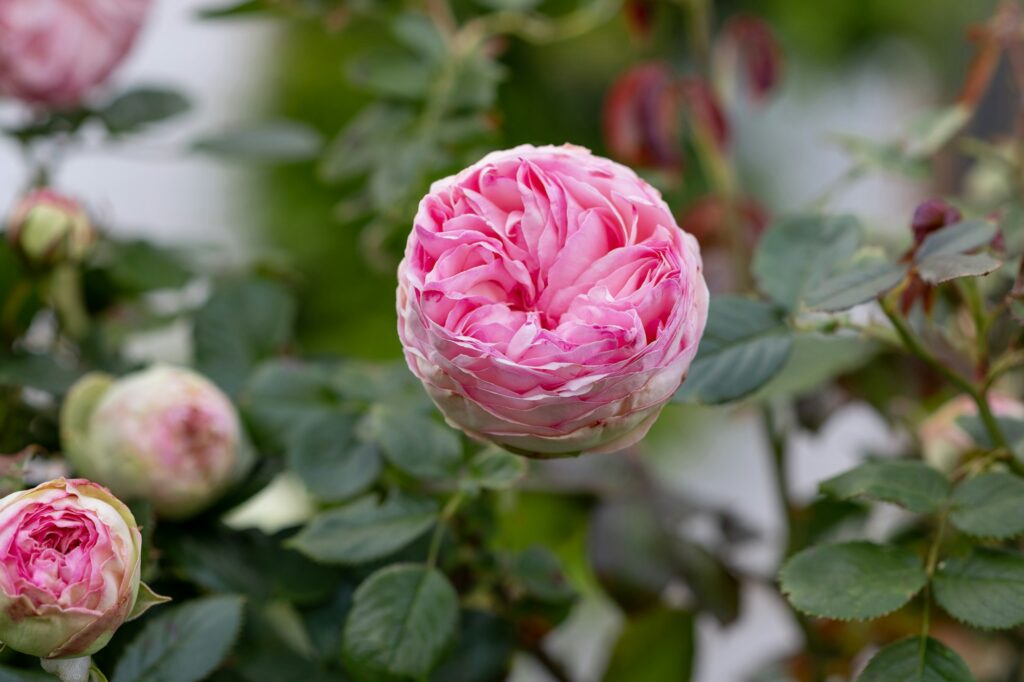
What sets David Austin English Roses apart from other types of roses? Let’s explore some of their defining characteristics:
Old-fashioned Charm with Modern Performance
David Austin English Roses are often described as the perfect blend of old and new. They combine the romantic, full-petaled flowers and intense fragrance of old garden roses with the disease resistance, repeat-flowering ability, and expanded color range of modern roses. This means you can enjoy the timeless beauty of roses like ‘Heritage’ or ‘Graham Thomas’ without the fuss and challenges often associated with growing older rose varieties.
Diverse Range of Colors and Forms
One of the most striking aspects of David Austin English Roses is their incredible diversity. From pure white to deep crimson, soft pink to vibrant yellow, and every shade in between, there’s an English Rose to suit every taste and garden style. Some popular varieties include:
- ‘Winchester Cathedral’: A pure white rose with a hint of blush at the center, boasting a classic old rose fragrance.
- ‘Mary Rose’: A delightful shade of pure pink, with a strong, warm, old rose scent.
- ‘Golden Celebration’: A magnificent, large-flowered rose in rich golden yellow, with a delightful, fruity fragrance.
To fully appreciate the beauty of English Roses, you need to understand the unique flower forms they exhibit. Some common forms include:
- Rosette: Perfectly circular flowers with symmetrical petals, such as ‘Gentle Hermione’.
- Cupped: Flowers with petals that curve inward to create a cup shape, like ‘Darcey Bussell’.
- Muddled: Flowers with irregular, ruffled petals that create a delightfully informal look, such as ‘The Poet’s Wife’.
Intoxicating Fragrance
One of the most beloved traits of David Austin English Roses is their captivating fragrance. Austin believed that a rose without scent is only half a rose, and he made fragrance a top priority in his breeding program. English Roses are known for their diverse fragrances, ranging from classic old rose scents to fruity, citrus, and spicy notes. Some varieties, like ‘Gertrude Jekyll’ or ‘Harlow Carr’, are so fragrant that they can perfume an entire garden with their delightful aroma.
Growing and Caring for David Austin English Roses
Now that you’re familiar with the history and characteristics of David Austin English Roses, let’s discuss how to successfully grow and care for them in your own garden.
Planting and Placement
When planting your English Roses, choose a location that receives at least 6 hours of direct sunlight per day. While some varieties can tolerate a bit of shade, most will perform best in full sun. Ensure the soil is well-draining and rich in organic matter. If your soil is heavy clay or sandy, consider amending it with compost or well-rotted manure before planting.
Plant your roses in the spring or fall, when the weather is mild and the soil is workable. Dig a hole that’s large enough to accommodate the root system, and mix in some organic fertilizer or bone meal to give your rose a healthy start. Water thoroughly after planting and apply a layer of mulch around the base of the plant to conserve moisture and suppress weeds.
Watering and Fertilizing
English Roses are generally easy to care for, but they do require regular watering and fertilizing to thrive. Water your roses deeply and consistently, especially during dry spells. Aim to keep the soil evenly moist but not waterlogged, as this can lead to root rot and other issues.
Feed your roses with a balanced, all-purpose fertilizer in early spring, when new growth begins to emerge. You can also supplement with additional feedings throughout the growing season, especially after each flush of blooms. Avoid fertilizing in late summer or fall, as this can stimulate new growth that may not harden off before winter.
Pruning and Deadheading
Pruning is an essential aspect of rose care, as it helps maintain the plant’s shape, promotes healthy growth, and encourages abundant flowering. Prune your English Roses in late winter or early spring, just as new growth begins to emerge. Remove any dead, damaged, or diseased wood, as well as any crossing or rubbing branches. Shape the plant by cutting back the remaining canes by about one-third to one-half their length, making your cuts just above an outward-facing bud.
Deadheading, or removing spent blooms, is another important task for keeping your roses looking their best. As flowers fade, cut them off just above the first set of five leaflets. This will encourage your rose to produce new blooms and prevent it from wasting energy on seed production.
Disease and Pest Management
While David Austin English Roses are generally more disease resistant than older rose varieties, they can still be susceptible to common rose ailments like black spot, powdery mildew, and rust. To minimize the risk of disease, always plant your roses in well-draining soil and provide adequate air circulation by spacing them appropriately. Regularly inspect your roses for signs of disease, and address any issues promptly by removing affected leaves or applying an appropriate fungicide.
Pests like aphids, thrips, and spider mites can also cause problems for English Roses. Luckily, most pests can be managed with natural methods like insecticidal soap, horticultural oil, or a steady stream of water to dislodge them from the foliage. Keep a close eye on your roses and intervene early to prevent pest populations from getting out of control.
Companion Planting and Garden Design
English Roses are incredibly versatile and can be incorporated into a wide range of garden styles and planting schemes. They make wonderful specimens, mixed border plants, and even container subjects. When designing with English Roses, consider pairing them with complementary perennials, annuals, and shrubs that share similar growing requirements.
Some classic companion plants for English Roses include:
- Lavender: The soft purple hues and soothing fragrance of lavender make it a perfect partner for roses.
- Catmint (Nepeta): This low-growing, drought-tolerant perennial produces a sea of blue flowers that beautifully offset the colors of English Roses.
- Salvia: With their vibrant flower spikes and long blooming period, salvias make excellent companions for roses.
- Boxwood: The tidy, evergreen foliage of boxwood provides a lovely backdrop for the lush blooms of English Roses.
- Clematis: These climbing vines can be trained to weave through your roses, adding an extra layer of color and texture.
Remember to consider the mature size and growth habit of your English Roses when planning your garden layout. Some varieties, like ‘The Lady Gardener’ or ‘Princess Alexandra of Kent’, are well-suited for smaller spaces or container growing, while others, like ‘A Shropshire Lad’ or ‘The Generous Gardener’, can grow quite large and are better suited for larger borders or as climbers.
Conclusion
David Austin English Roses have revolutionized the world of roses, offering gardeners the opportunity to enjoy the timeless beauty and fragrance of old garden roses with the ease and reliability of modern hybrids. By understanding their unique characteristics, growth habits, and care requirements, you can successfully incorporate these stunning roses into your own garden and create a romantic, fragrant oasis that will delight the senses for years to come. Whether you’re a seasoned rose grower or a novice gardener, David Austin English Roses are sure to capture your heart and become a cherished addition to your landscape.
